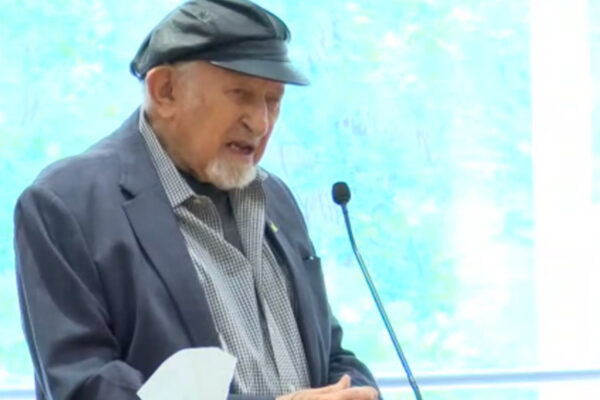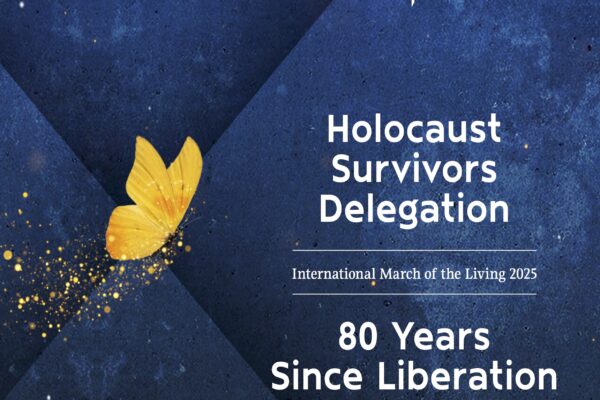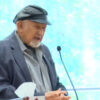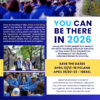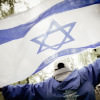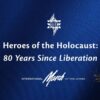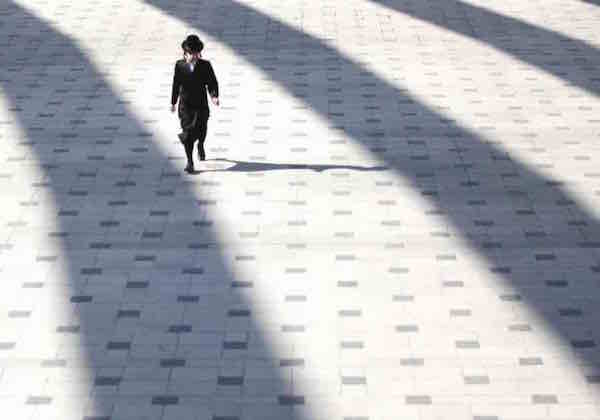
Haredi man walking. (photo credit:MARC ISRAEL SELLEM)
JPost – Brooklyn’s haredi (ultra-Orthodox) community is set to get a unique Holocaust museum this year that will focus on a theme particularly relevant to them – perspectives of observant Jewish communities during WWII.
American businessman and philanthropist Elly Kleinman is the brains behind the new Amud Aish Memorial Museum, which will be located in the heart of Boro Park, Brooklyn, New York, where one of the largest haredi communities in the US is located.
Kleinman, founder and president of both the museum and the Kleinman Holocaust Education Center said, “We owe it to ourselves and to future generations – Jews, non-Jews, anyone concerned about dark history repeating itself – to tell a fuller story of the Holocaust.”
In addition to focusing on the experiences of haredi communities, the museum also seeks to present the perspective of the victim, rather than the perpetrator.
“By focusing on the victim’s experience, faith and identity, this museum and education center is able to tell the yet-untold story of one of the most difficult times in history and connect with the new communities,” Kleinman said. “In the face of rising antisemitism, our mission becomes even more important. My mother is a survivor and she always made it her business to speak publicly about what happened to her.”
Kleinman said he was inspired by his mother and all the other Holocaust survivors who retold their stories to ensure they are never forgotten.
“Looking at the victims’ perspective, it broadens the scope because when you look at perpetrators you’re limiting the years to 1933-1945,” museum director Rabbi Sholom Friedmann told The Jerusalem Post.
“And when you look at the victims’ experience you’re looking at prewar and trying to get a better understanding of who were these people and what was the Jewish community prewar. And you also have the postwar… and seeing how these communities rebuilt themselves.”
Friedmann explained that the institute looks at how the Orthodox community responded to the Holocaust, the second main component of the museum. Until now, the haredi community has not had much involvement in the development of the Holocaust narrative portrayed at most museums, “so we are bringing their history to the table,” he said.
“The response and perception is different,” he added, noting that museum researchers were exploring hundreds of correspondences between rabbis and members of their congregations on how to deal with their circumstances. “It gives us insight into different victim responses than what we find in diaries and memoirs. We’re not suggesting we have something different to say, but we want to supplement what has already been done with another perspective – we feel there is value in learning about the victims’ experience,” he added, pointing out that most of the key Holocaust museums focus on the perpetrators and strengthening the conviction of “never again,” how not to allow such crimes to be committed again, by learning from the past.
The museum is expected to be completed toward the end of the year, but until then students are benefiting from a temporary facility in which the education center runs exhibitions.
Friedmann noted that the center has received a positive response, with interest from both the Jewish community and non-Jewish schools. “It’s ironic that we are the only Holocaust museum in Brooklyn,” he said, “which outside of Israel has the largest community of Holocaust survivors.
Originally published HERE
